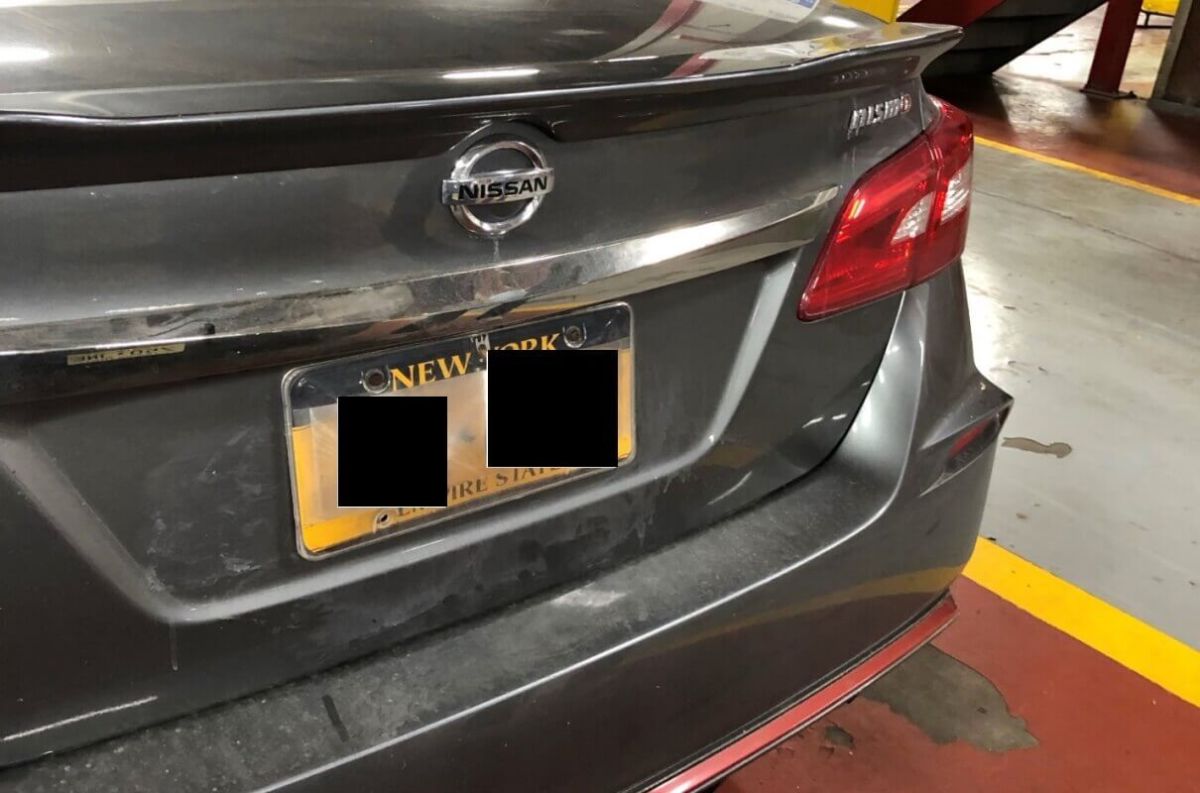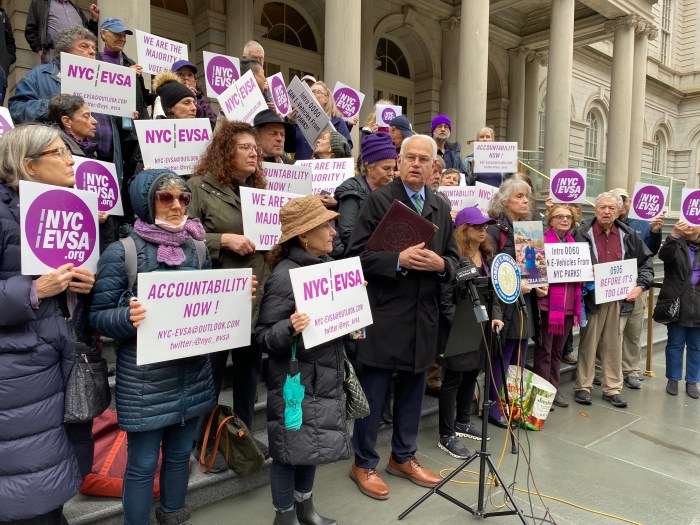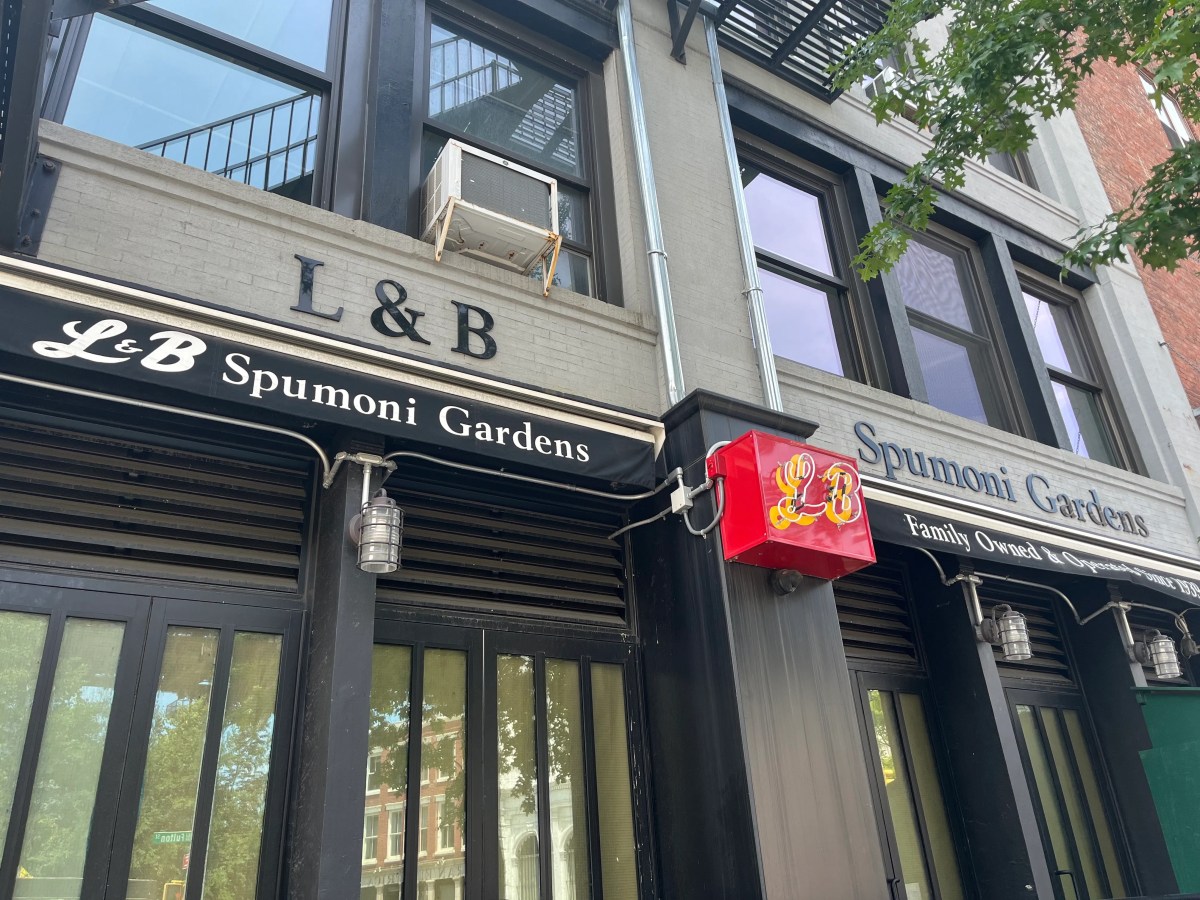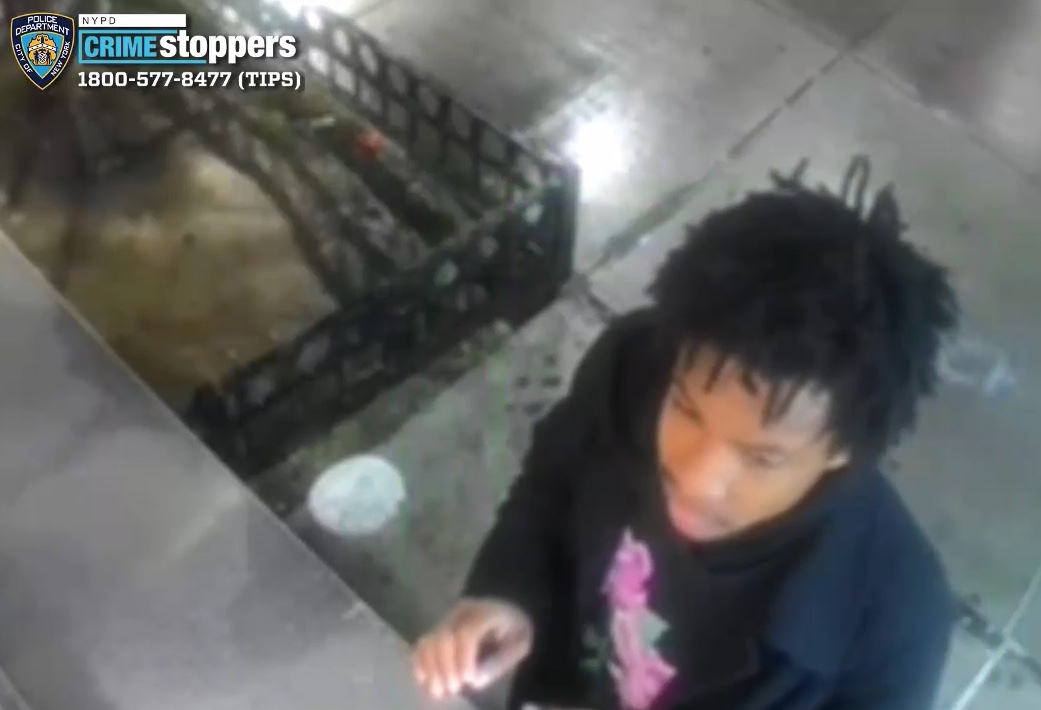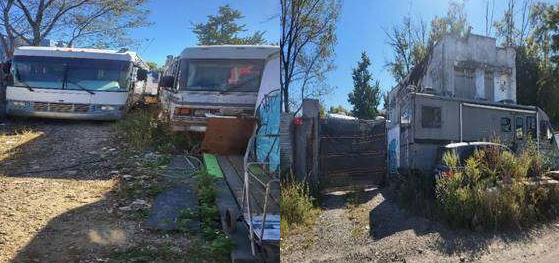The MTA could lose some $50 million to drivers dodging tolls on New York City bridges and tunnels this year, according to agency chief Janno Lieber who slammed motorists for obscuring their plates to evade the charges.
“That is an outrage when people intentionally obscure their license plates or buy a fake license plate from some other state that can’t be traced to them to avoid paying the toll,” Lieber told reporters during a press conference after the Metropolitan Transportation Authority’s monthly board meeting on April 27.
The transit leader announced a “blue ribbon panel” Tuesday to combat evasion of MTA’s transit fares and road tolls, claiming it will cause the agency to lose out on more than $500 million this year, about one-tenth of which comes from lost revenue on its seven bridges and two tunnels.
“I don’t have all the exact figures at my fingertips, but the toll loss is real, it’s something like in the $50 million range,” said Lieber Wednesday.
“We always talk about fare beating and fare evasion and it always sounds like it’s only a crime on transit,” he added. “When you intentionally avoid paying the toll that way, that’s wrong, that’s wrong, and we should do something about that the same time as we’re talking about fare evasion in the subway, bus, and commuter rail system.”
That’s on top of $245 million the agency expects to lose this year through fare evasion on the subways, $205 million on the buses, and $25 million on the commuter railroads, according to agency spokesman Aaron Donovan.
The MTA’s Office of Inspector General has in the past called the accuracy of the agency’s fare evasion stats into question, but a spokesperson told amNewYork Metro Tuesday that they have incorporated the internal watchdog’s recommendations to improve their data collection.
Lieber hedged the figures saying they were based on “current rates.”
“There’s a methodology the MTA has used, which has been upgraded over time, to sample fare evasion at different stations in a consistent way,” he said. “It’s not perfect science, but it’s a sampling methodology.”
The share of drivers obscuring their plates is less than 1% of the more than 300 million vehicles crossing MTA’s tolling facilities, according to Daniel DeCrescenzo, the president of the agency’s Bridges and Tunnels division.
B&T has doled out some 500 summonses for these violations so far this year, the head of the MTA subsidiary said.
Starting on Sunday, May 1, the MTA will launch a multi-agency effort against drivers covering their plates, according to DeCrescenzo, together with the Port Authority of New York and New Jersey, which controls five bridges and two tunnels between the two states, the NYPD, the city’s Sheriff’s Office, and the New York State Police.
“It’s gonna be a collective effort as we go after people that cover their plates,” DeCrescenzo said.
Part of the initiative will also be to “teach” drivers not to cover their plates.
“Some people think that a clear plastic over a plate is legal — it’s not legal. Some people think if they buy a license plate on Amazon for 50 bucks that says ‘Jersey Girl,’ they can put it right on their vehicle, and that’s illegal,” said DeCrescenzo.
Watchdogs have also uncovered serial toll evaders within the MTA’s own ranks.
A senior bus supervisor dodged more than $100,000 in charges he owed to three separate tolling agencies, the MTA’s inspector general found last year.
Obfuscated plates have cost the city some $75 million in possible fines for red light and speeding camera tickets, a recent report in The City found.
The Port Authority did not provide a number or rate of drivers dodging tolls on its facilities, but spokesperson Amanda Kwan said in an email that the issue deprives the agency of “many many millions” in revenue each year.
The issue will become more important when MTA starts charging drivers to enter Manhattan below 60th Street once it implements the long-awaited Central Business District Tolling Program, also known as congestion pricing.



